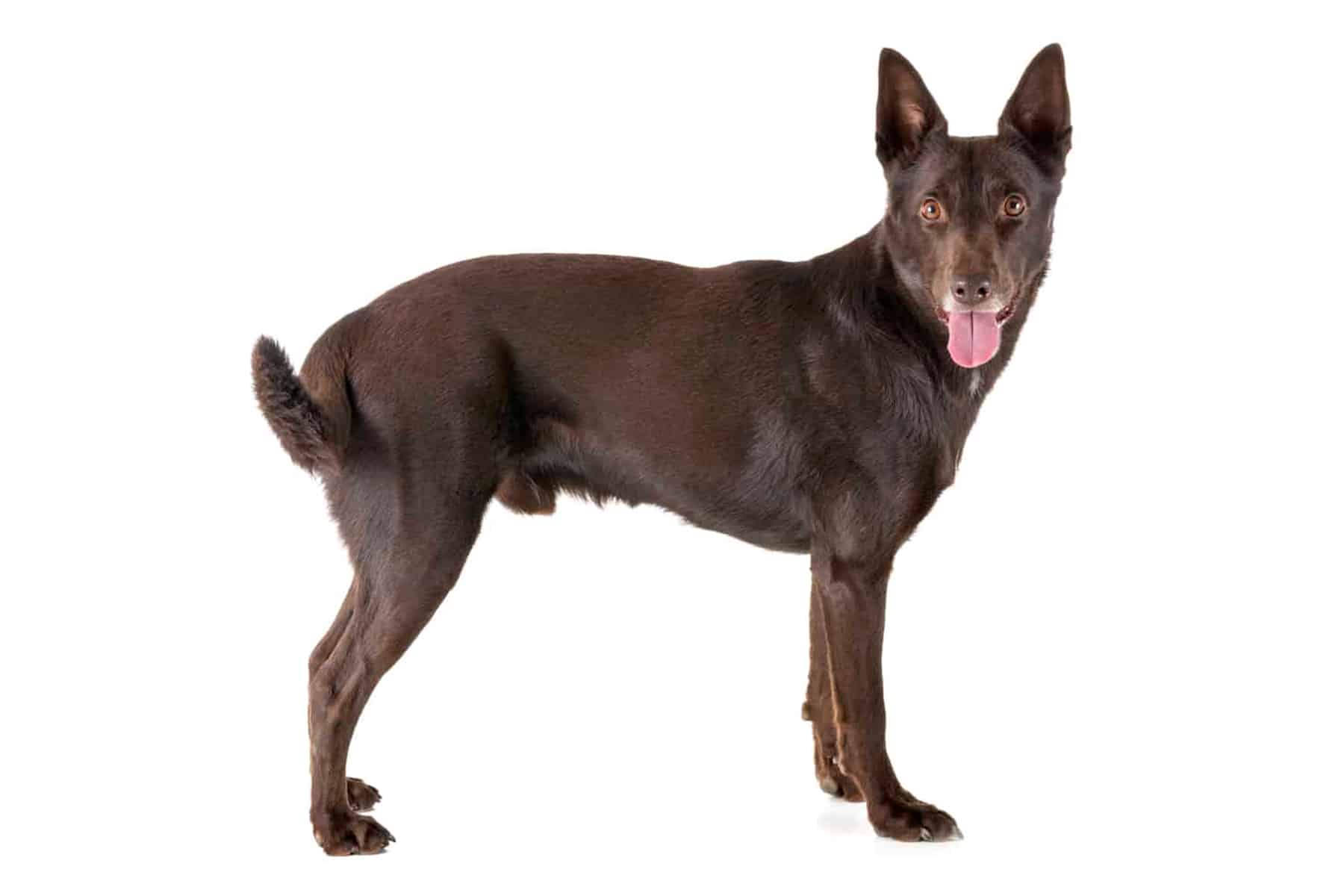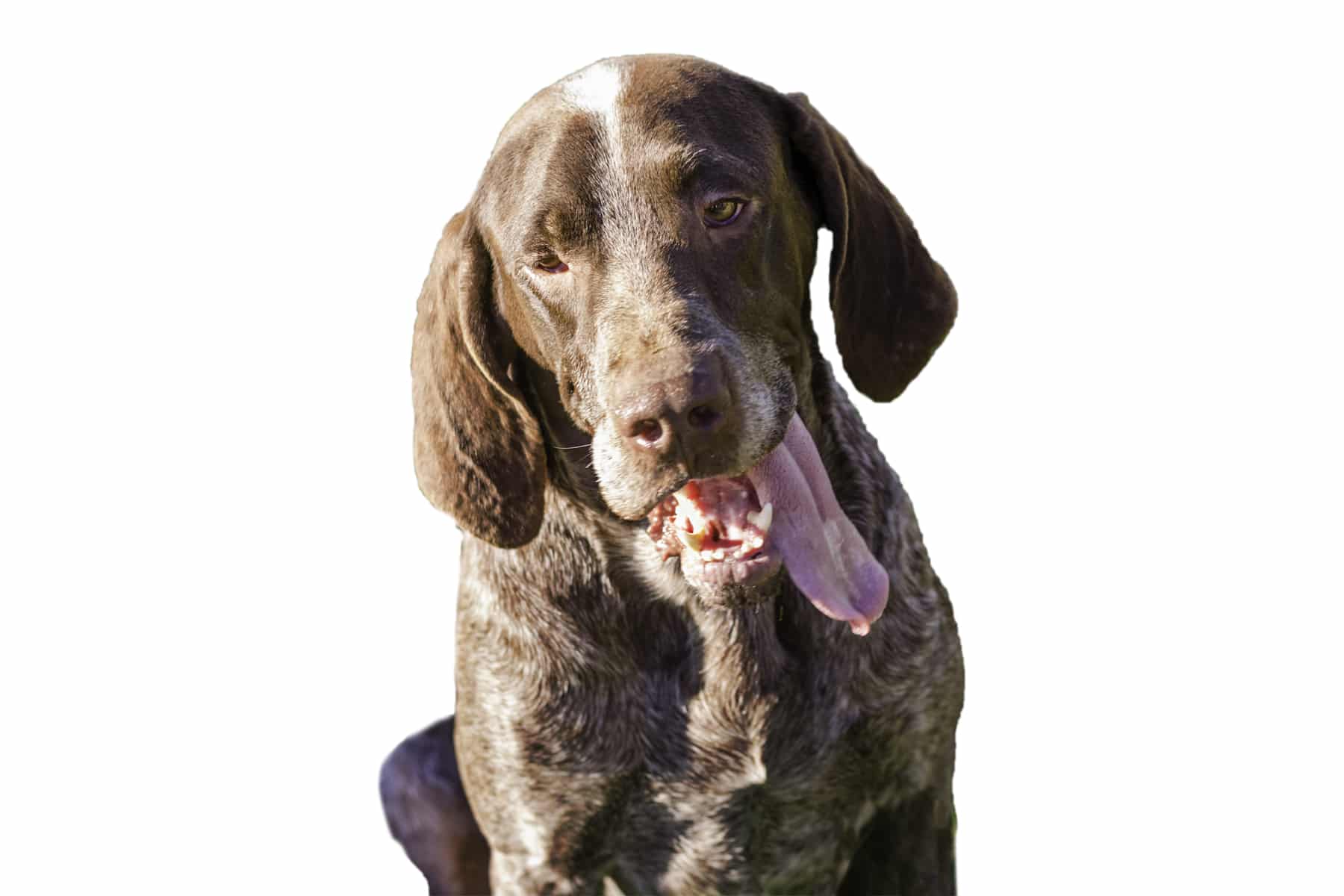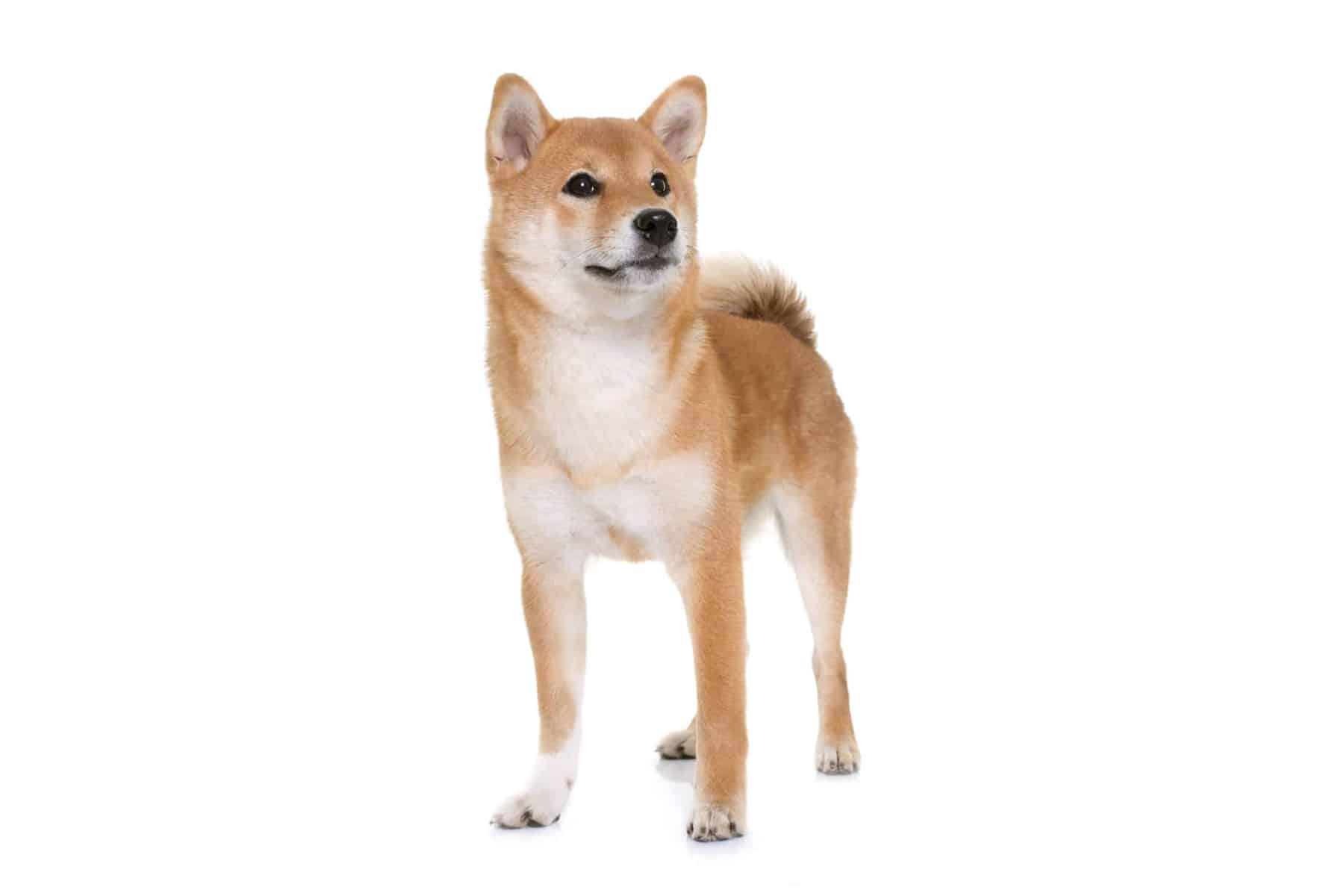Kerry Blue Terrier
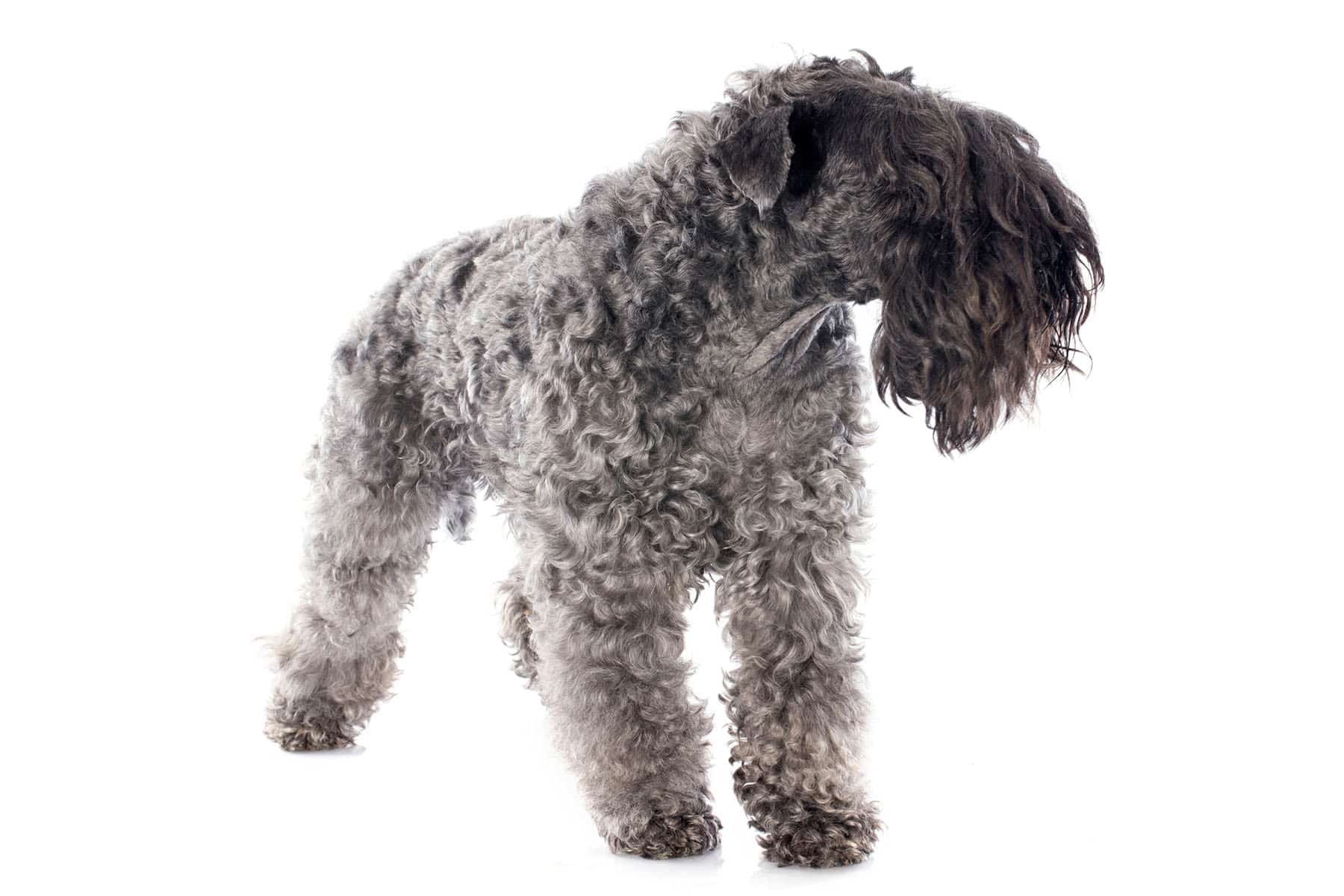
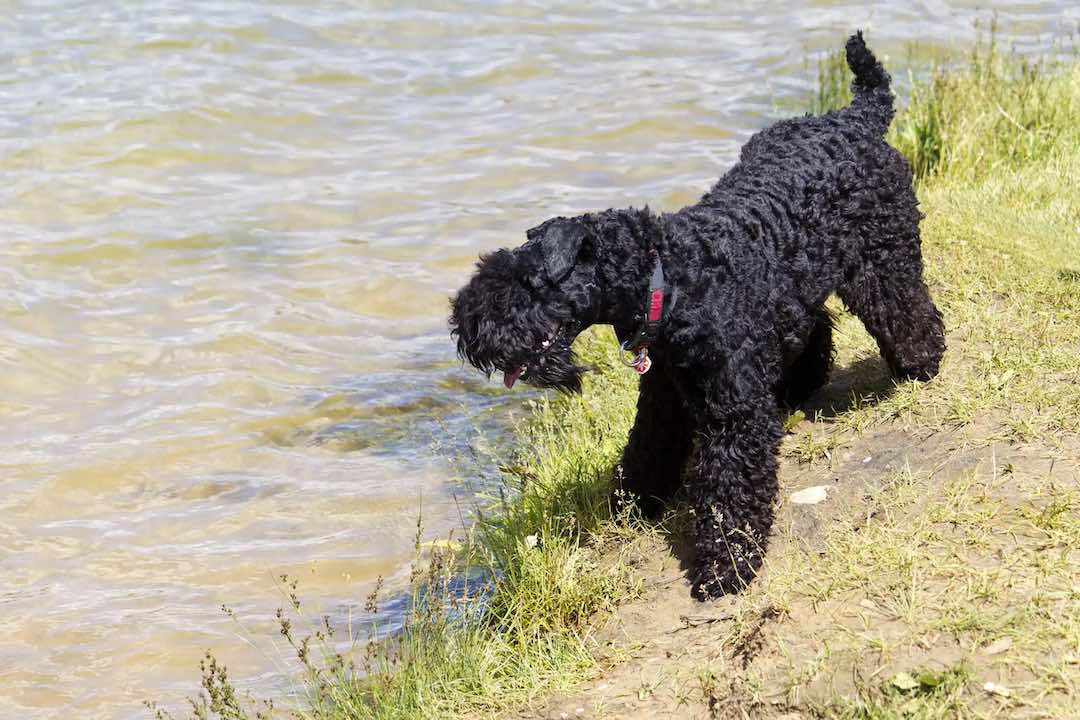
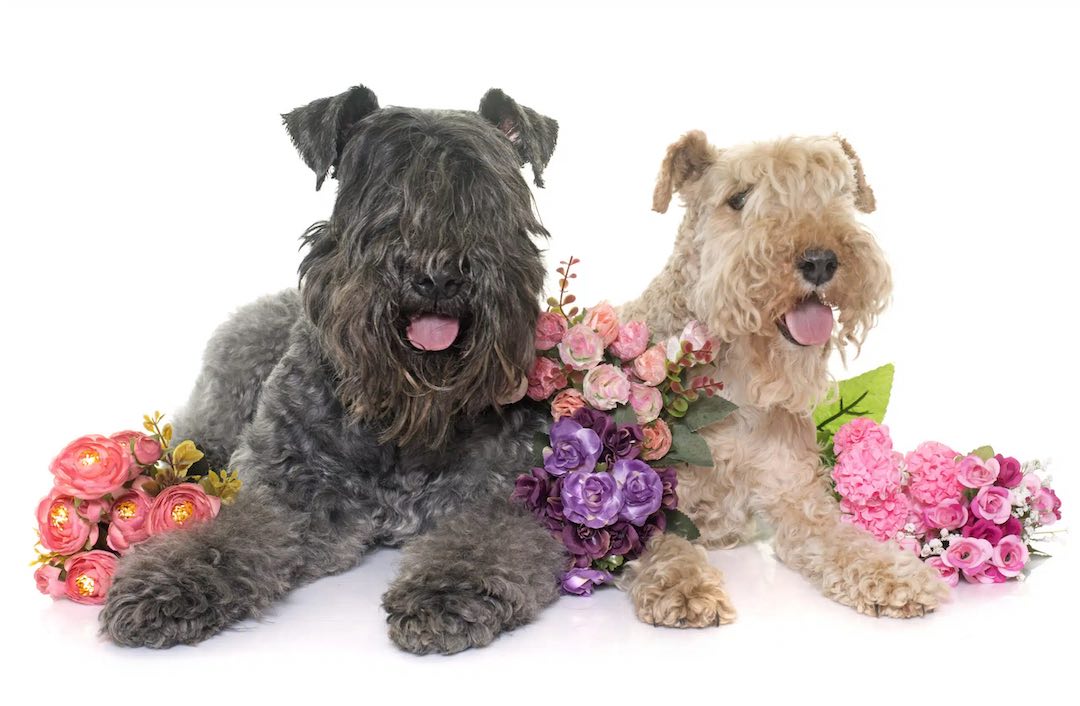
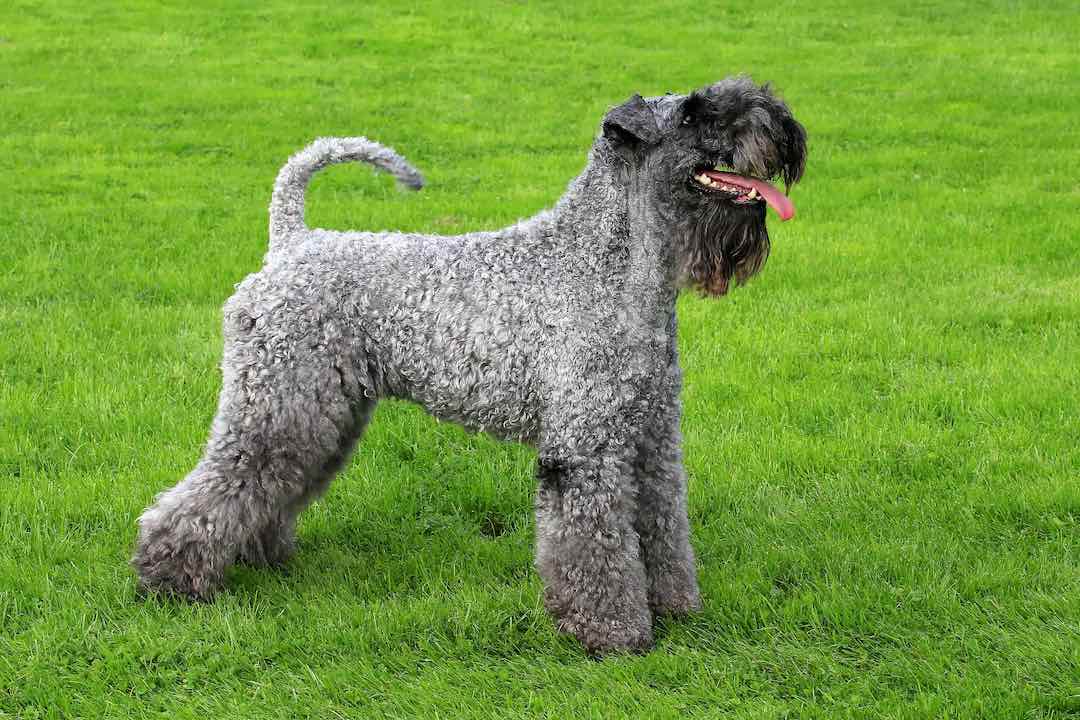
Temperament:
The Kerry Blue Terrier originally comes from Ireland. The dog has a strong hunting instinct. It also loves its family. As it tends to bark, it is an excellent guard dog. However, it should not be kept in a kennel or on a chain. These animals have a great urge to move and need plenty of exercise.
Characteristics
The Kerry Blue Terrier is a medium-sized pet. It is characterized by an upright posture and muscular limbs. The Kerry Blue Terrier looks very similar to the smooth-haired fox terrier. However, it is clearly distinguished from the smooth-haired fox terrier by its woolly coat.
The Kerry Blue Terrier has some characteristic features that distinguish it from other dogs. You should match these characteristics. This is particularly important if the dogs are to take part in a competition.
The skull is somewhat elongated. The ears are small. The eyes are usually almost black and the Kerry Blue Terrier's gaze expresses alertness. The nose is very broad and the nostrils are quite large. The tail is of medium length. The Kerry Blue's coat is very soft and has a wavy appearance.
The dogs are usually born with a black coat. However, the coat usually turns silver-grey later on.
The Kerry Blue Terrier is an intelligent, independent and playful breed. He loves to be part of the family. Its sense of fun makes it a fantastic playmate and companion for children. This breed has that Irish charm and their cheeky and mischievous terrier antics. They can entertain the whole family. However, this breed should ideally be the only pet in the household. This will prevent the rabbit from accidentally becoming the Kerry Blue Terrier's prey.
True to its Irish roots, it is safe to say about the Kerry Blue Terrier that barking can be a problem for this breed. Therefore, you should consider your living circumstances before choosing this breed, or invest in noise protection. Barking also has its advantages. Provided it is combined with their protective instinct. This makes them excellent guard dogs - no need for an alarm system when these friends are looking out for you.
Be careful when you let your Kerry Blue Terrier off the lead. The dog's hunting instinct can lead to all sorts of mischief. So always make sure you are in a safe place before letting him off the lead. Another less desirable trait of this breed is a penchant for digging. So if you have a green finger and care about your lawn and flower beds, this breed may not be the best choice.
It is important that the Kerry Blue Terrier likes to spend time with you. He doesn't particularly like it when you leave him alone for long periods of time. This can lead to separation anxiety and undesirable behavioral changes.
Coat care:
Shedding:
Energy level:
Trainability:
Children suitable:
The right food
When choosing food, make sure that it contains high-quality ingredients, is balanced and meets your dog's requirements. Age, size or weight, activity and health status play an important role. You should follow the manufacturer's recommendations for the amount of food.
Treats should only be fed in moderation and deducted from the basic diet to avoid obesity.
Puppies can be fed 4-6 times a day. The number of meals should be gradually reduced to 2 per day until the dog is fully grown. A rest period should be observed after meals.
Fresh drinking water should be available at all times.
Health & Care
The Kerry Blue Terrier is an adaptable and relaxed dog. Give him plenty of exercise and time with the family. Then he will be very happy.
These robust dogs can withstand most weather conditions. They originate from the vast landscapes of Ireland. Their dense, dark coat makes them particularly resistant to the cold. The Kerry Blue Terrier can also tolerate higher temperatures. However, the animals find it difficult to regulate their body temperature in extreme heat. This is because they have a thick blue coat and are unable to sweat. Try to limit the time you spend outside with your Kerry Blue Terrier in very high temperatures.
Being active is what this breed is all about. The Kerry Blue Terrier is a lively and adventurous dog. Therefore, plenty of exercise is a must to keep him happy. A long daily walk, supplemented by playtime in the garden, is a good start. Also consider signing your dog up for dog sports. This can be a great source of energy. It will also keep your dog mentally stimulated.
Like real terriers, the Kerry Blue also likes to dig. This dog breed is particularly prone to digging when it cannot get rid of its energy in any other way. Through early training, the dog can learn what is right and what is wrong.
The Kerry Blue Terrier's thick, fuzzy coat needs grooming. You should brush your dog thoroughly once a week. This will keep the coat soft and shiny.
Regular claw trimming prevents your dog from feeling unwell. You should also clean their ears several times a month.
The Kerry Blue Terrier is an excellent family dog. It has a loving and attentive nature. They get on well with children, especially if they grow up together. These dogs love their family. However, this breed does not do well in a shelter with other dogs.
Kerry Blue Terriers are somewhat suspicious of other dogs. It is therefore best if they are the only four-legged friends in the house. Early socialization is important to ensure that the Kerry Blue Terrier grows up to be a calm dog.
The Kerry Blue Terrier is a naturally robust and healthy breed that often leads a long and fulfilling life. Responsible breeders are constantly looking for hereditary faults in their dogs' genes. It is important to work with a reputable breeder to ensure that your puppy is healthy. As with all breeds, certain health problems can occur in these dogs. For example, eye diseases and orthopedic problems. Regular check-ups can help prevent and treat health problems.
Suitable accessories
Accessories for Kerry Blue Terriers that satisfy the dog's urge to move are particularly suitable. In this way, you can playfully help your dog to burn off excess energy. You can then feed him as a reward. In this way, the animal learns to earn its food, gets plenty of exercise and stays slim.
You will also need a brush to comb the dog's coat. Claw scissors are also a good idea. However, you should learn how to cut them beforehand.
Other accessories that are part of every dog's basic equipment: collar or harness with lead, dog basket or dog mat as a retreat, water and food bowl, tick tweezers, mild dog shampoo, toothbrush and toothpaste for dogs, transport box for transportation in the car and a first aid kit. Ask your vet what belongs in the first aid kit.
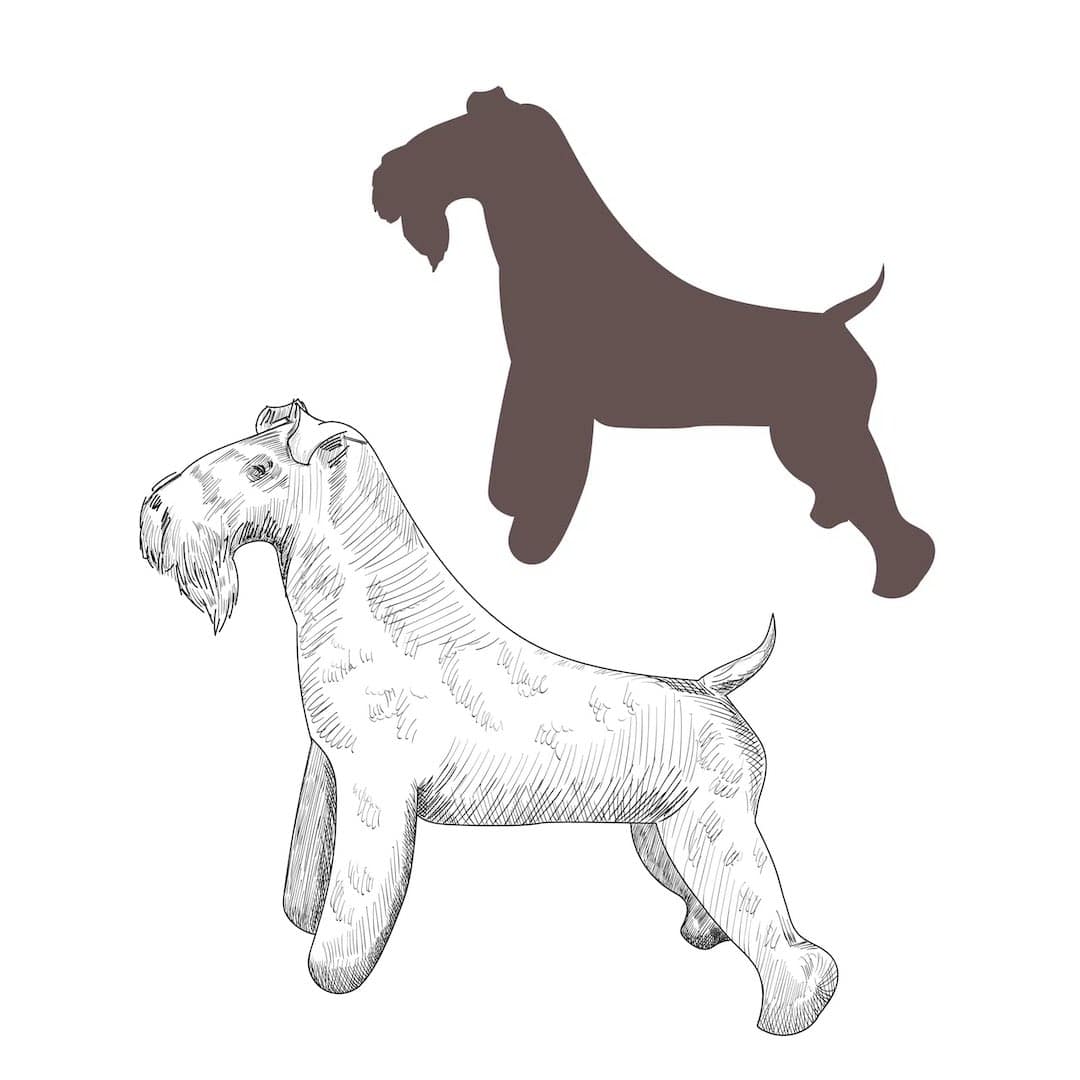
Origin & History
The Kerry Blue Terrier originates from Ireland. More precisely, from a hilly area known as County Kerry. Originally, the dog helped with work or hunting. It helped to hunt small game, catch birds, kill rats or guard the farmyard. The terrier was also used to herd sheep and cows. Over time, the breed became increasingly popular. English breeders soon became interested in the terrier and held it in high esteem. After some time and due to its popularity, the terrier was recognized as a dog breed by the Kennel Club.
The wildness of the animals was deliberately bred into the breed at that time. At the first shows, the Kennel Club required the terriers to complete and pass a hunting test. During these hunting tests, the dogs had to catch or track down and corner small wild animals, for example. Even today, the dogs are still used to hunt rats and rabbits and to herd sheep and cattle. Last but not least, the animals were also regarded as loyal companions.
Outside Ireland, this striking breed was a late bloomer. It remained unknown for a long time until it was recognized by the American Kennel Club (AKC) in 1922. That was when it first appeared there. It quickly found an enthusiastic following. This delay was probably due to the unkempt appearance of the first generations of the breed. However, the true beauty of these animals was soon recognized.
In the early years of the 19th century, an Irish patriot had the intention of declaring the terrier the national dog of Ireland. His name was Michael Collins. His own terrier was called Convict 225, but Michael Collins was murdered before the law could come into force. After Collins' death, no one pursued this initiative with the same passion.
